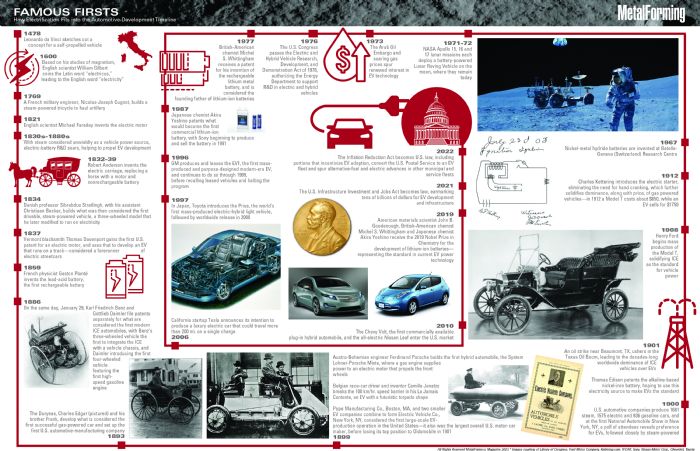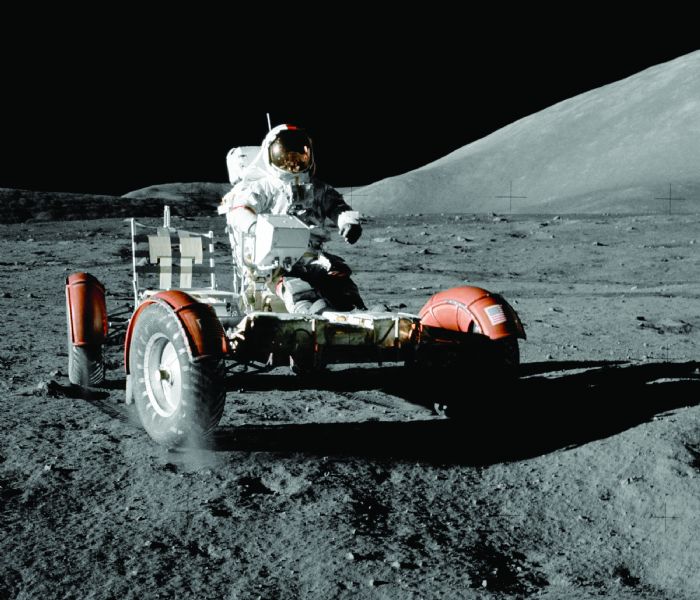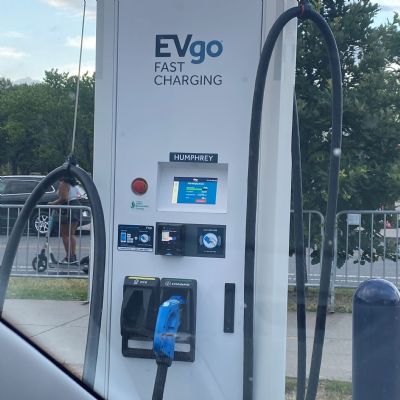In the minds of many, electrification offered the best solution for motorized movement, using nonchargeable then rechargeable batteries as power sources. However, these vehicles lacked practicality, as they only could travel a few dozen miles at most. Still, EVs offered many advantages over steam-powered vehicles, which, though using tried-and-true technology, took a long time to start and required frequent water fill-ups that limited range. Electricity, on the other hand, offered clean, quiet operation—if only could those batteries improve!
Importantly, though EVs suffered from limited range, few saw this as a technology killer. Most people had no need to travel more than a few miles in any one day. Long-haul needs? Take the train.
 Against this backdrop, battery and EV R&D continued, but a sophisticated new technology, the internal combustion engine (ICE), lurked. We can mark January 29, 1886, as the advent of ICE vehicles. On that date, Karl Friedrich Benz and Gottlieb Daimler filed patents separately for what are considered the first modern ICE automobiles, with Benz’s three-wheeled vehicle the first to integrate the ICE with a vehicle chassis, and Daimler introducing a four-wheeled vehicle featuring the first high-speed gasoline engine.
Against this backdrop, battery and EV R&D continued, but a sophisticated new technology, the internal combustion engine (ICE), lurked. We can mark January 29, 1886, as the advent of ICE vehicles. On that date, Karl Friedrich Benz and Gottlieb Daimler filed patents separately for what are considered the first modern ICE automobiles, with Benz’s three-wheeled vehicle the first to integrate the ICE with a vehicle chassis, and Daimler introducing a four-wheeled vehicle featuring the first high-speed gasoline engine.
Some even saw how electric and ICE might prove viable in tandem. One such auto pioneer, Austro-Bohemian engineer Ferdinand Porsche, built the first hybrid automobile in 1899—the System Lohner-Porsche Mixte, where a gas engine supplied power to an electric motor that propelled a vehicle’s front wheels.
Also in 1899, other developments spoke to the acceptance of EVs. For example, Pope Manufacturing Co., Boston, MA, and two smaller EV companies combined to form Electric Vehicle Co., New York, NY, considered the first U.S. large-scale EV-production operation and also the largest overall U.S. motor-car maker. And, in Europe, Belgian race-car driver and inventor Camille Jenatzy broke the 100 km/hr. speed barrier, reaching 105.88 km/hr. in his La Jamais Contente, an EV with a futuristic torpedo shape.
As to the popularity of EVs at this time, U.S. automotive companies in 1900 produced 1681 steam, 1575 electric and 936 gasoline cars. That year at the first National Automobile Show in New York, a poll of attendees revealed preference for EVs, followed closely by steam-powered. ICE lagged behind, but this soon would change.
In 1901, the Spindletop oil strike near Beaumont, TX, ushered in the Texas Oil Boom. This singular event led to the decades-long worldwide dominance of ICE vehicles over EVs. Only 7 yr. later, Henry Ford began mass production of the ICE-powered Model T. Despite complicated, noisy and smelly ICE technology, it gained momentum, with the deal sealed in 1912 when Charles Kettering introduced the electric starter. Economics also played a role: In 1912 a Model T cost about $650, while an EV sold for $1750.
Around this time, Henry Ford teamed with Thomas Edison (Ford worked for Edison in the 1890s) to develop a practical and affordable EV using Edison’s patented nickel-iron batteries. The challenge outlined by Ford to The New York Times in 1914 sounds familiar today: “The problem so far has been to build a storage battery of light weight which would operate for long distances without recharging.”
Within a few years the EV project had fizzled.
The two world wars encompassed what can be considered the dark ages for EVs, with little R&D occurring. And, development of roadway networks and a population wanderlust demanded a vehicle range that EVs just couldn’t meet. It would take another petroleum-based event, this time to the detriment of ICE technology, to get the EV ball rolling again: the 1973 Arab Oil Embargo. The embargo led to regulatory efforts to explore vehicle-power alternatives. For example, the U.S. Congress passed the Electric and Hybrid Vehicle Research, Development, and Demonstration Act of 1976, authorizing the Energy Department to support R&D in electric and hybrid vehicles.
Even so, it wasn’t until major developments in battery technology during the 1970s and later that EVs began a significant climb back. Witness GM’s release of the experimental EV1 in 1996, with a mind-blowing 100-plus-mile range courtesy of nickel-metal hydride batteries. Introduction of the Toyota Prius followed.
By 2010, superior lithium-ion battery technology had taken hold, and Tesla had come online with its EV models boasting ranges of 200-plus miles between charges. Also, the hybrid Chevy Volt and all-electric Nissan Leaf entered commercial production.
Today, automakers worldwide have come onboard with hybrid and EV programs, and plan to continue this path. A new focus on environmentalism helps drive these efforts, as do new government investments in EV technology and infrastructure. How will it all play out? We’ll see. MF
Technologies: Management
 I’d imagine that since the invention of the wheel, humankind has pondered how to most easily make that wheel turn. For eons, people and animals were the means. No doubt the idea popped up among the toilers that a better way must exist. Leonardo da Vinci thought so, and in 1478 he sketched it out—a concept for a self-propelled cart. In da Vinci’s mind, some sort of spring contraption would provide the power, though to this day we haven’t been able to make the details of his drawing work. So it went, until the Industrial Revolution and the harnessing of steam.
I’d imagine that since the invention of the wheel, humankind has pondered how to most easily make that wheel turn. For eons, people and animals were the means. No doubt the idea popped up among the toilers that a better way must exist. Leonardo da Vinci thought so, and in 1478 he sketched it out—a concept for a self-propelled cart. In da Vinci’s mind, some sort of spring contraption would provide the power, though to this day we haven’t been able to make the details of his drawing work. So it went, until the Industrial Revolution and the harnessing of steam. 








